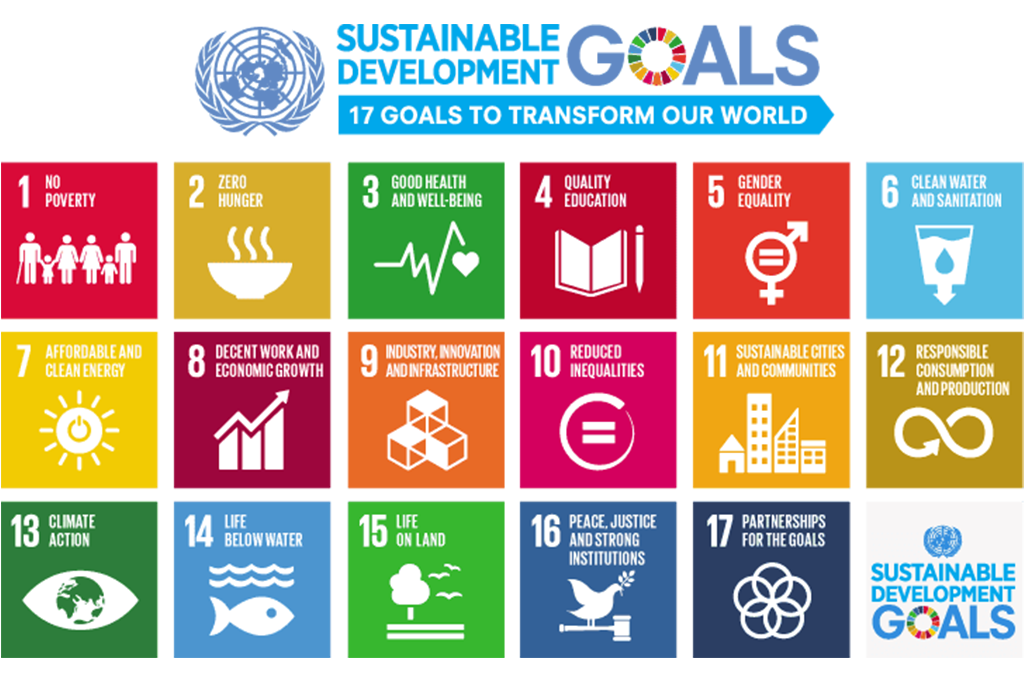Water shortages are more than an environmental challenge; they impose profound economic and social costs, particularly in areas dependent on agriculture, manufacturing, and tourism. These costs extend beyond financial impacts, affecting health, education, and social stability, especially in vulnerable communities.
Economic Impacts on Agriculture and Industry
Agriculture, which relies on consistent water supply, suffers significant economic losses during water shortages. For instance, California’s 2012-2016 drought led to estimated agricultural losses of $3.8 billion and affected over 20,000 jobs in the sector (Howitt et al., 2015). Industries like manufacturing and energy production are also impacted. A study on China’s manufacturing sector showed that water scarcity could reduce industrial output by 20% in high-demand areas (Zhang et al., 2018).
Social and Health Consequences
Water shortages exacerbate social inequalities, as low-income communities often bear the brunt of supply cuts. In Cape Town, the 2017-2018 “Day Zero” crisis disproportionately impacted marginalized communities, where residents faced increased health risks due to limited access to clean water (Enqvist & Ziervogel, 2019). Chronic water shortages have been linked to higher rates of waterborne diseases and poor sanitation, contributing to public health crises.
Case Study: India’s Water Crisis in Rural and Urban Areas
In India, both urban and rural regions are affected by water scarcity, with rural farmers facing crop losses and urban residents experiencing severe supply restrictions. In 2019, Chennai’s reservoirs ran dry, impacting 10 million residents and forcing industries to halt production temporarily (Jadhav et al., 2020). For rural farmers, drought conditions led to increased debt and distress migration, demonstrating the interwoven social impacts of water shortages.
Solutions for Mitigating Economic and Social Costs
Addressing water shortages requires investment in infrastructure, water recycling, and conservation technologies. Governments should prioritize water efficiency measures in high-demand sectors like agriculture, while providing subsidies for low-income communities to secure basic water access. By promoting equitable water distribution and sustainable management, societies can reduce the broader costs associated with water scarcity.








